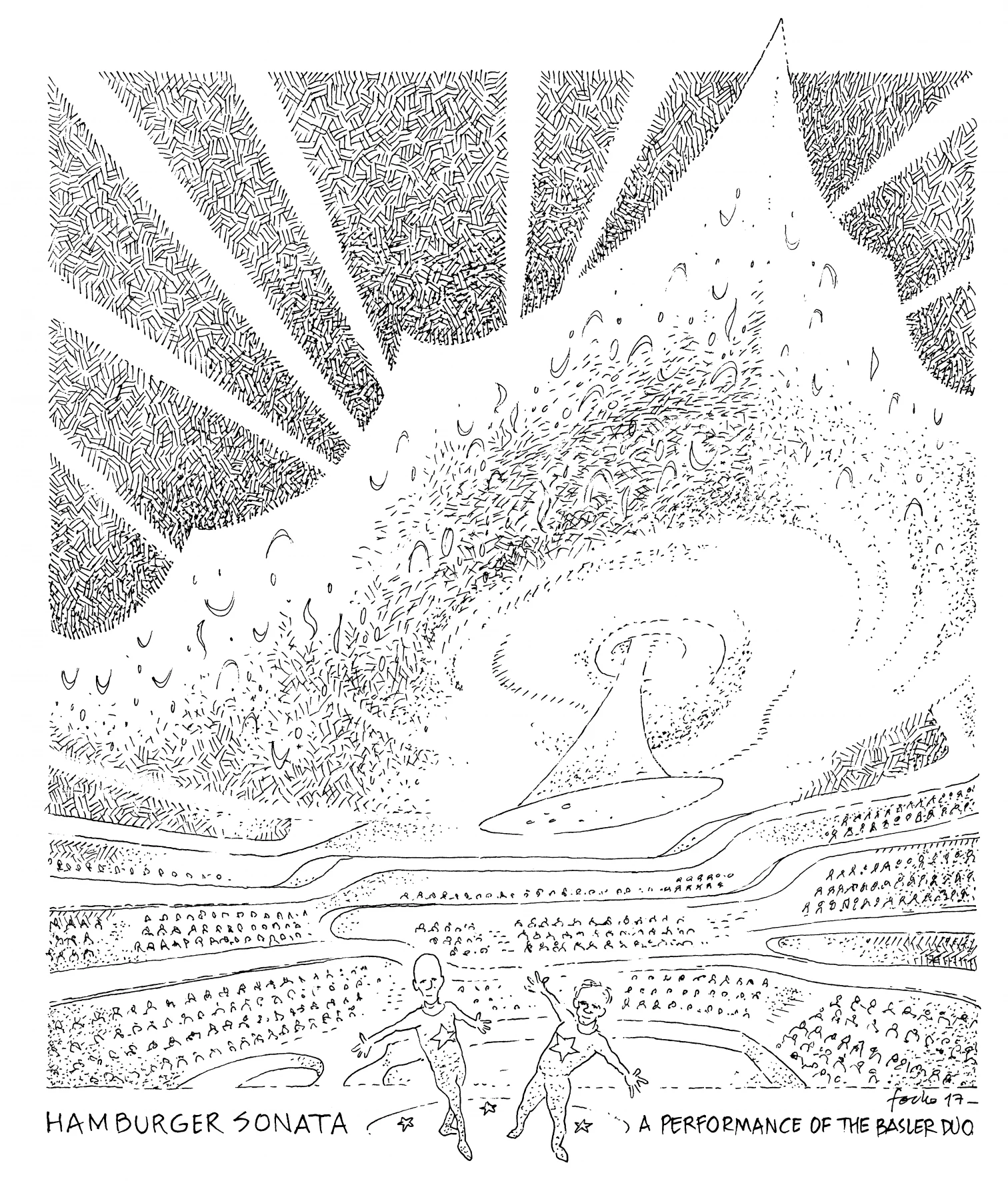
After ten years of construction work and not a few controversies, Herzog & de Meuron’s Elbphilharmonie finally held its opening night, on 11 January, with a concert by the symphonic orchestra of the NDR, the Hamburg-based public radio and television broadcaster for Northern Germany, with Thomas Hengelbrock conducting; an inaugural event followed by a three-week festival featuring the Vienna Symphony and the Chicago Symphony Orchestra. The audience of 2,100 – selected out of 300,000 applicants through a public draw – was thus treated to the acoustic excellence of the main concert hall, a shell composed, in the manner of Scharoun’s Berliner Philharmonie, of a “terraced vineyard,” for the design of which the architects worked with the world’s greatest acoustic expert, Yasuhisa Toyota, a collaborator, too, in previous world-class auditorium projects, including the Philharmonie de Paris and the Walt Disney Concert Hall in Los Angeles. In any case acclaim has been extraordinary, as much from the public as from the critics, and the building ultimately costing ten times more than originally calculated (some 800 million euros) now seems to be diminishing in importance, especially in light of the probable effect on Hamburg, Germany’s vigorous second city, which intends to expand its port-related and commercial offer through further icons. In this sense, what Gehry’s Guggenheim Museum was for Bilbao, the Elbphilharmonie could be for the powerful Hanseatic city.






